Keeping our house clean and tidy is a nice amount of work, and every help we can get is welcome. Don’t think only about your family members. The support can also come from a good strategy. For example, a planner will help you maintain a regular cleaning schedule and manage your whole life. Let me give you my planner organization ideas.
How to organize a planner?
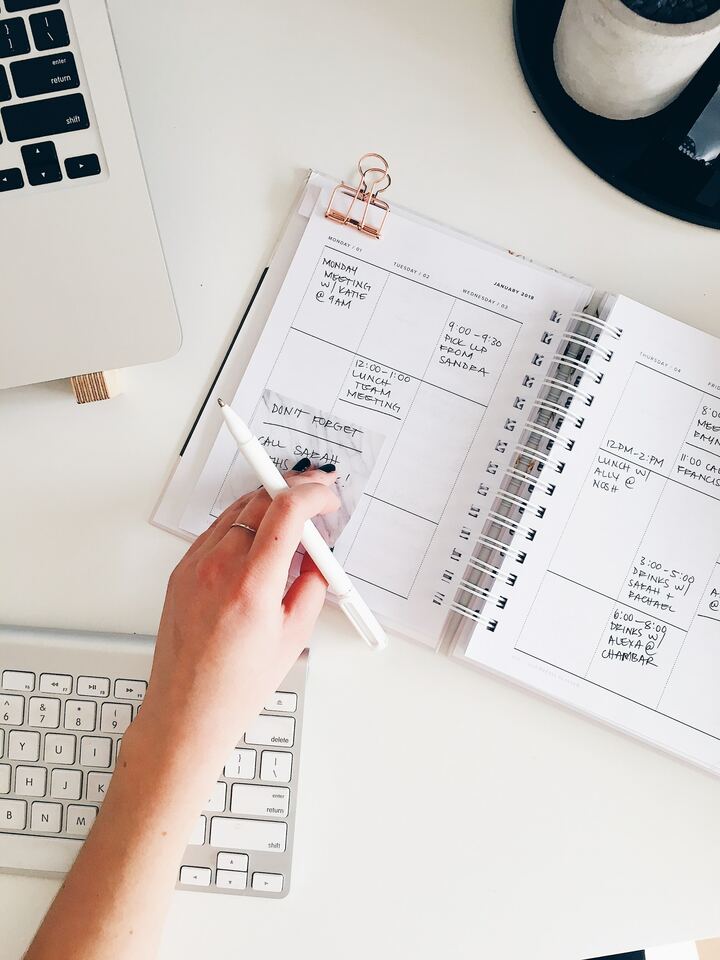
-
Save
What to put in your planner?
How you organize your planner is personal. Beyond daily, weekly, and monthly tasks, your planner will be useful to manage other areas of your life. Ask yourself what you need to streamline. Is it keeping track of everyone’s birthday, improving habits, or your children’s medical appointments? Your cleaning schedule will also have its place in your planner.
In my planner, I keep my daily and weekly tasks, my monthly goals, all my future appointments, my loved ones’ birthdays, a list of gift ideas for each, and of course, my cleaning schedule. As I know several people who suffer from food allergies, I also have a page I can look back on when I cook for them. And I should add a page for medical check-ups. It would help me get better in this area.
Trackers help me review how my month went. So I have one for my habits, sleep, and expenses.
Ideas to organize these elements in your planner
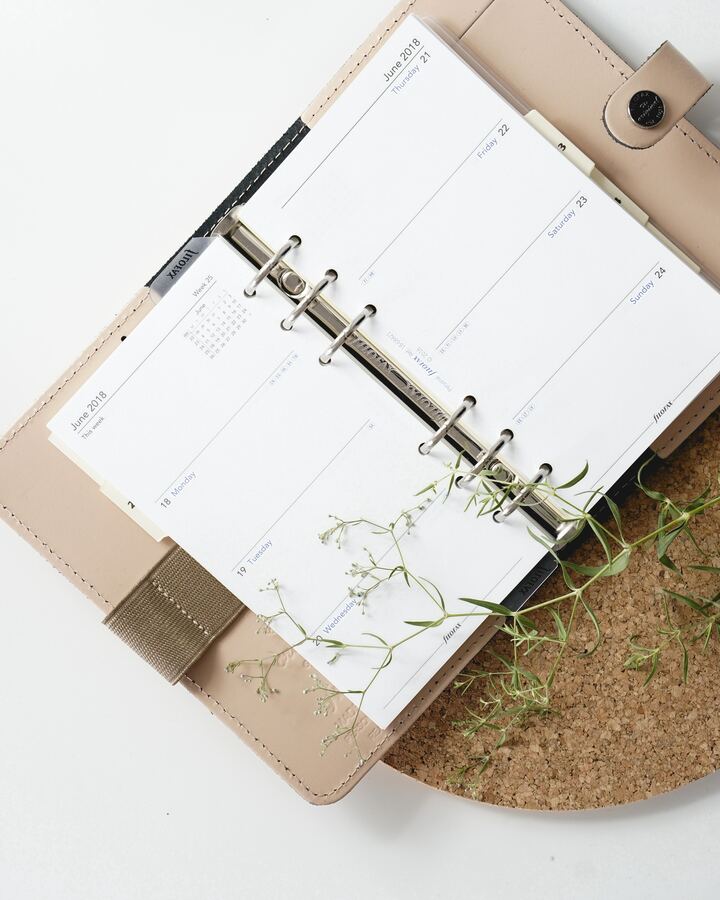
-
Save
Now that you’ve figured out the contents of your planner, it’s time to get it all sorted! If you use a paper planner, arranging all your listed items might be challenging. But with a bit of creativity and my planner organization ideas, you’re good to go.
Your planner already has room for everyday tasks; the monthly notes can be your goal-setting space. Looking to cultivate habits? Choose a symbol to put on your monthly or weekly pages every time you stick to your routine.
As for the remaining aspects of your life, the notes section of your planner, or some inserted blank papers, will do the trick. A good practice is to leave some empty spaces for any later additions. For ease of access, I prefer placing these pages before the monthly and weekly sections, so I can get to them without a hassle when needed.
How to use a planner?

-
Save
I like to use my planner to plan the month ahead. So, at the end of each month, I review my goals and whether I met them. Then, I set new objectives depending on how the month went and define broad steps for each.
At the same time, I also check my cleaning schedule to write down the infrequent tasks for the coming month.
Then, each Sunday, I prepare for the following week by looking at what I achieved during the week and my monthly goals steps. I also note the weekly chores to check them off later. Yes, that’s small, but it makes cleaning easier, so why not?
But a planner is useless if you don’t check it regularly, so this is a part of my morning and evening routines. In the evenings, I cross the tasks I completed and list those for the next day. It allows me to sleep without my brain thinking about that task I must do or this appointment I can’t forget. My planner will remind me of those things. In the mornings, I take my planner for an overview of the day and let the day begins.
A few bullet journal myths
There are several myths about bullet journaling. One common misconception is that a bullet journal has to be artistically decorated or aesthetically pleasing. In reality, a bullet journal is a personal tool for organization. A lot of people use their bullet journals as a way to express their creativity. But at the beginning, Ryder Carroll, the inventor of the method, used only a notebook and one black pen.
This first belief leads to another myth about how expensive bullet journaling is. It can be if you buy fancy pens and high-end notebooks. But as long as you have a notebook and a pen, whatever they are, you’re good to go!
Lastly, bullet journalling is less time-consuming than you may think. If you keep it simple, you can use it for a few minutes at a time.
Why a bullet journal
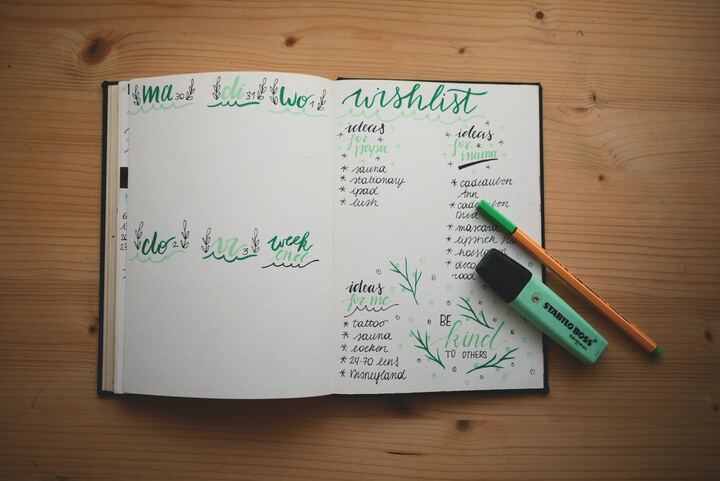
-
Save
With the bullet journal’s flexibility, you can adapt it to your needs. It evolves with you; you can dedicate enough space for whatever you want.
Even if you’re not a great artist (I’m definitely not), you can add a little fun and creativity to your planning time. It makes it more enjoyable, and you’ll more likely keep planning. But if you do not use the bullet journal for a few weeks or months, you don’t lose costly planner pages. All you have to do is to turn the page and resume using it.
My bullet journal cleaning schedule
I have 3 spaces for cleaning tasks. The first is a collection with all the cleaning tasks for the whole year, sorted by frequency and the weeks or months when I’ll do them.
Then, I copy the tasks I do less than monthly into my monthly log. And I write all the tasks for the week into the weekly log.
I write some tasks multiple times, but it allows me to only have to check the collection and the monthly log as needed. I like having all my week in the weekly log.
Planner organization ideas
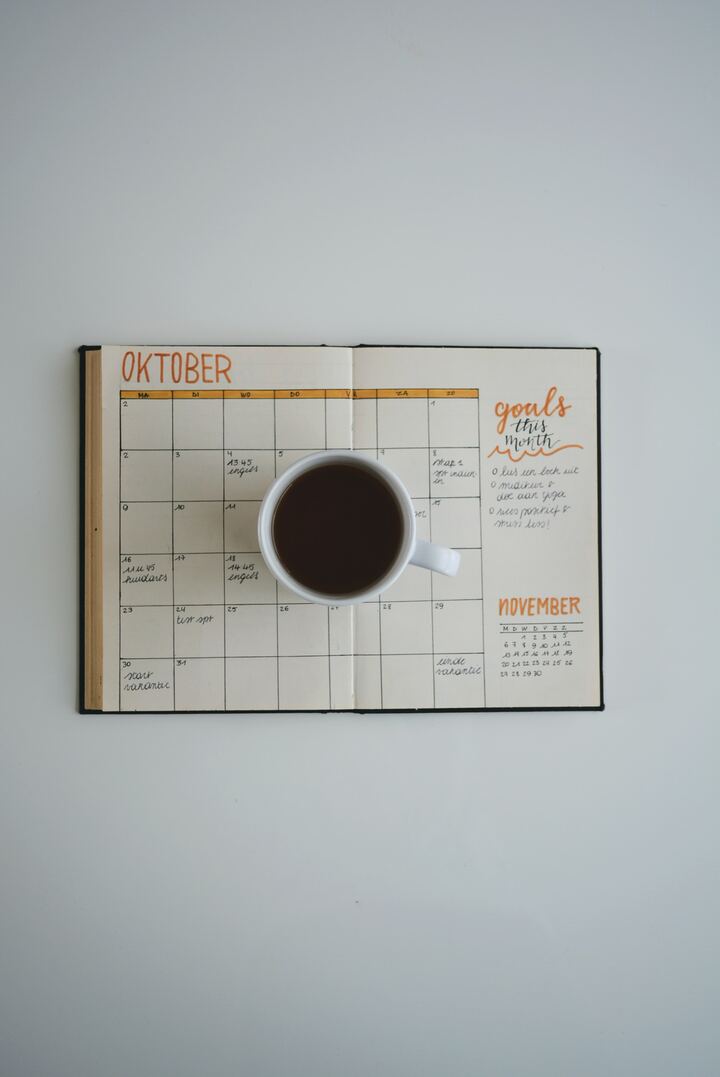
-
Save
Having a planner can be a huge help for organization. It allows you to map your life, including cleaning. Start by listing what you when to track and organize and defining their space in your planner. You’ll obtain a second brain that will help you remember tasks, appointments, and more. If a planner is too restrictive for you, look at the bullet journal. You’ll have all the personalization you need!
Tell me, do you help a planner? What do you put in it? Leave a comment below!

-
Save
Share via:
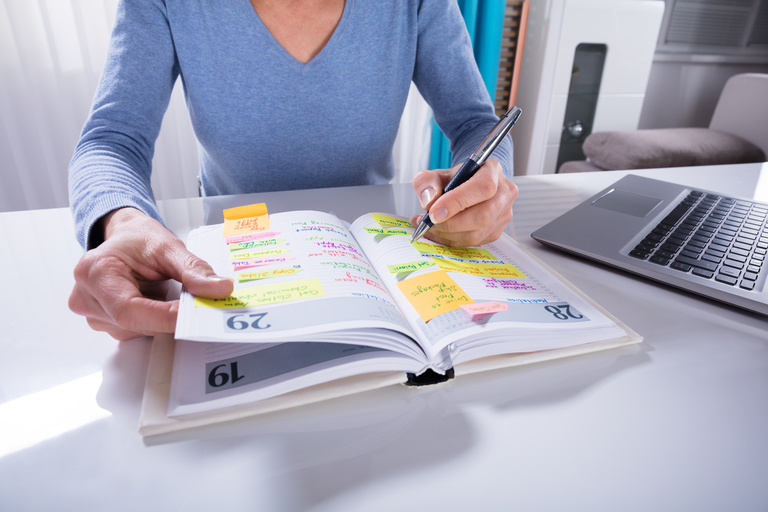
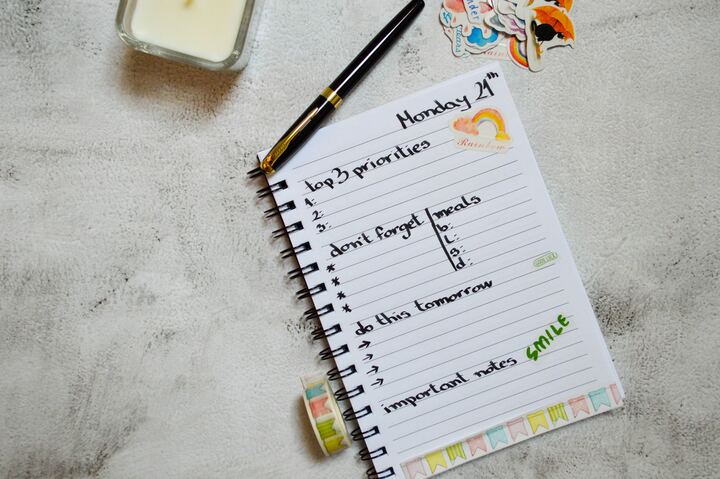




Be the first to leave a comment